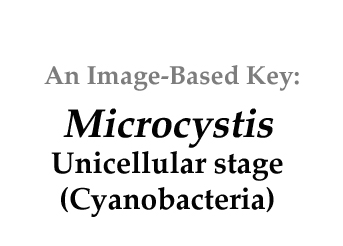Baker, A.L., and E. Pelonzi. (Unpublished)
Guiry, M.D.
& G.M. Guiry 2018. AlgaeBase.
World-wide electronic publication, National University of Ireland, Galway.
http://www.algaebase.org; searched on 12 April 2018.
Zhang, M.,
X. Shi, Y. Yu and F. Kong 2011. The acclimative changes in photochemistry
after colony formation of the cyanobacteria Microcystis aeruginosa.
Journal of Phycology 47:524-532.



